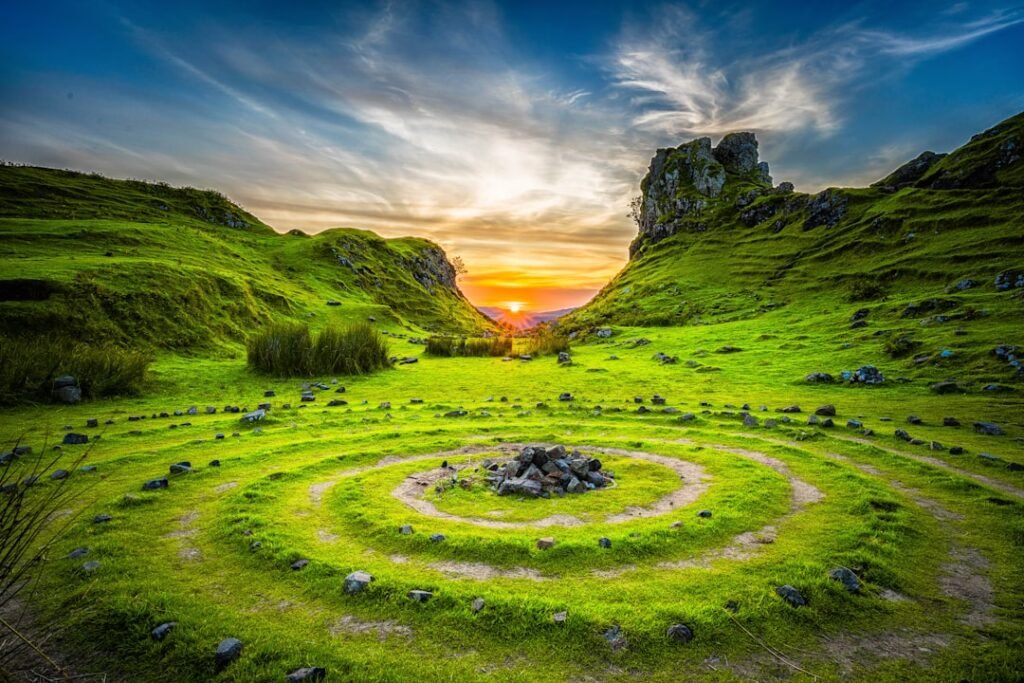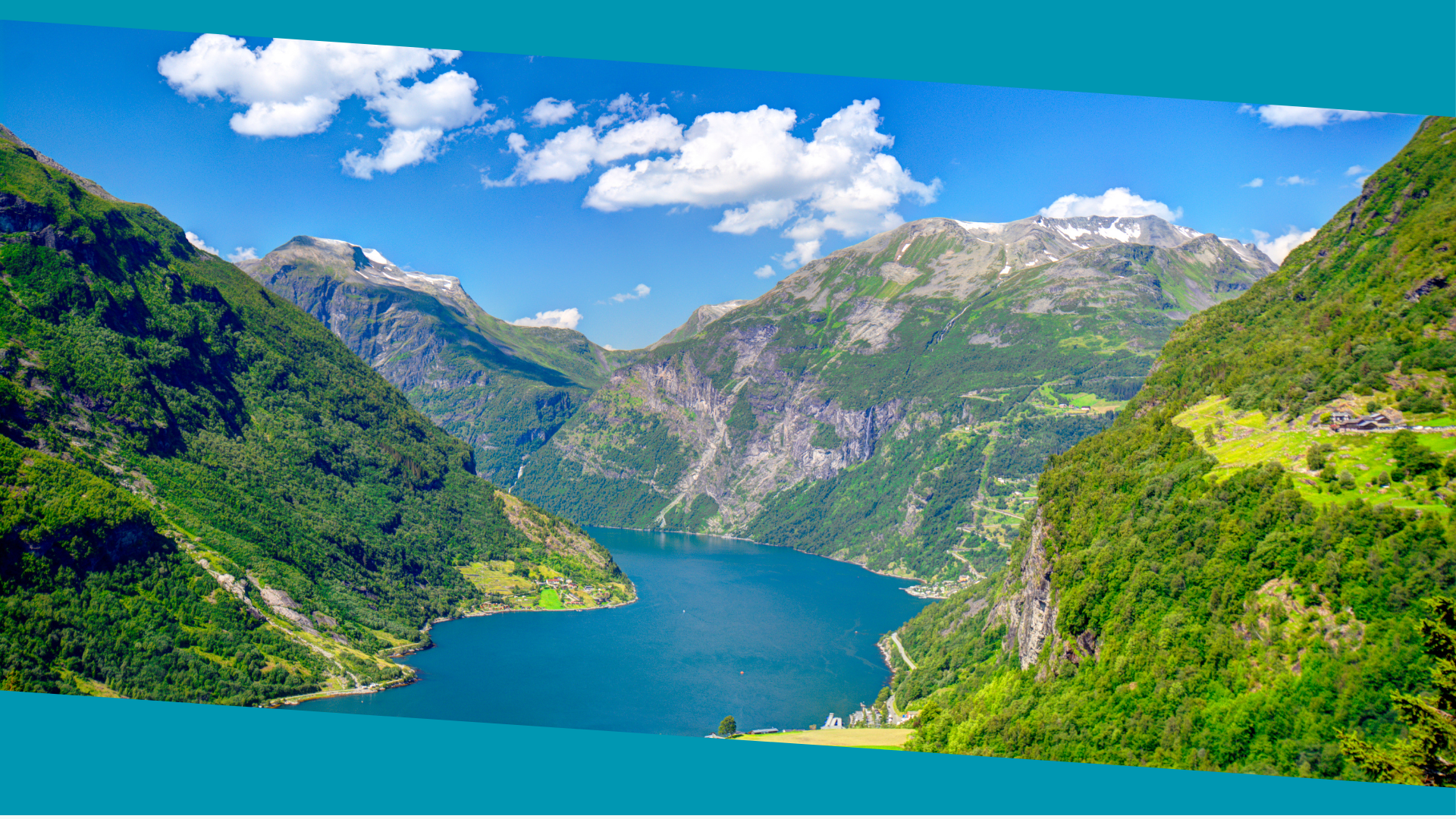Norwegian trolls hold a significant place in Norwegian culture, folklore, and mythology. These mythical creatures have captivated the imagination of Norwegians for centuries, with their presence felt in various aspects of daily life. From ancient legends to contemporary art and literature, trolls continue to play a prominent role in Norwegian society. This article will delve into the origin and legends of Norwegian trolls, their appearance and characteristics, their influence on Norwegian culture, and their continued significance in modern times.
Origin and Legends of Norwegian Trolls
The history and origin of Norwegian trolls can be traced back to Norse mythology. In Norse folklore, trolls were believed to be supernatural beings that inhabited the mountains, forests, and caves of Norway. They were often depicted as large, ugly creatures with immense strength and magical powers. According to legend, trolls were said to be descendants of the jötunn, a race of giants in Norse mythology.
Norwegian folklore is rich with stories and legends about trolls. One popular legend tells the tale of the troll who turned to stone when exposed to sunlight. It is said that trolls are nocturnal creatures who turn to stone when exposed to sunlight, which is why they are rarely seen during the day. Another famous legend is that of the three billy goats Gruff, who outsmarted a troll that lived under a bridge.
Status and Influence of Trolls in Norwegian Culture
Trolls have long held a prominent place in Norwegian folklore and mythology. They are often portrayed as mischievous beings who enjoy playing pranks on humans. In Norwegian culture, trolls are seen as both feared and respected creatures. They are believed to possess great wisdom and knowledge, but also have the power to cause harm if provoked.
The influence of trolls can be seen in various forms of art, literature, and music in Norway. Many famous Norwegian artists have depicted trolls in their paintings and sculptures, capturing their unique and often grotesque features. In literature, trolls are often featured as central characters in fairy tales and children’s stories. Norwegian music also draws inspiration from trolls, with songs and compositions dedicated to these mythical creatures.
Appearance and Characteristics of Norwegian Trolls
Norwegian trolls are typically depicted as large, hulking creatures with grotesque features. They are often described as having long, shaggy hair, large noses, and sharp teeth. Trolls are known for their immense strength and are said to be able to lift boulders with ease. They are also believed to possess magical powers, such as the ability to shape-shift or cast spells.
In Norwegian folklore, there are different types of trolls with varying characteristics. Mountain trolls are known for their immense size and strength, while forest trolls are more cunning and elusive. Water trolls are said to inhabit lakes and rivers, while cave trolls dwell in dark underground caverns. Each type of troll has its own unique traits and abilities.
Protection and Conservation Measures for Norwegian Trolls
Efforts have been made to protect and preserve Norwegian trolls and their habitats. The Norwegian government has implemented conservation measures to ensure the survival of these mythical creatures. Protected areas have been established to safeguard troll habitats, including mountains, forests, and caves where trolls are believed to reside.
Preserving troll habitats is not only important for the survival of these mythical creatures but also for the overall health of the natural environment. Trolls are believed to have a symbiotic relationship with the land they inhabit, playing a vital role in maintaining the balance of nature. By protecting troll habitats, Norway is also safeguarding its biodiversity and natural heritage.
Relationship between Trolls and the Natural Environment

Trolls are deeply connected to the Norwegian landscape and play a significant role in Norwegian environmentalism. In Norwegian folklore, trolls are believed to be guardians of the natural world, responsible for maintaining the balance between humans and nature. They are said to punish those who harm the environment and reward those who show respect and care for the land.
This connection between trolls and the natural environment has influenced Norwegian environmental policies and practices. Norway is known for its commitment to sustainable development and conservation. The belief in trolls as protectors of the environment has shaped the country’s approach to environmental issues, with a focus on preserving natural resources and promoting eco-friendly practices.
Tourist Attractions and Appeal of Norwegian Trolls
Norwegian trolls have become popular tourist attractions, drawing visitors from around the world. There are several destinations in Norway that feature troll-related attractions, such as troll parks, troll museums, and troll sculptures. These attractions offer visitors a chance to learn more about Norwegian folklore and mythology while enjoying the natural beauty of the country.
The allure of trolls for visitors to Norway lies in their mysterious and mythical nature. Trolls are creatures of fantasy and imagination, and their presence adds an element of enchantment to the Norwegian landscape. Many tourists are drawn to the idea of encountering these mythical creatures in their natural habitat, making troll-related attractions a must-visit for those exploring Norway.
Role of Trolls in the Lives of Norwegians
Trolls hold a significant place in the lives of Norwegians, with their presence felt in various aspects of daily life. In Norwegian traditions and celebrations, trolls are often depicted as symbols of good luck and protection. They are believed to bring prosperity and ward off evil spirits. Trolls are also used as decorative motifs in traditional Norwegian crafts, such as woodcarvings and embroidery.
In addition to their role in traditions and celebrations, trolls are also used as cautionary figures in Norwegian society. Parents often tell stories about trolls to teach children important life lessons, such as the importance of kindness, honesty, and respect for nature. These stories serve as moral guides, imparting wisdom and values to the younger generation.
Mythical Stories and Legends of Norwegian Trolls
Norwegian folklore is filled with famous stories and legends featuring Norwegian trolls. One of the most well-known tales is that of the Huldra, a female troll who lures men into the forest with her beauty. Another popular legend is that of the Nøkken, a water troll who plays enchanting music on his fiddle to lure unsuspecting victims into the water.
These stories often carry important lessons and morals. The tale of the three billy goats Gruff, for example, teaches children about the importance of bravery and cleverness in overcoming obstacles. The story of the troll who turned to stone in sunlight warns against the dangers of arrogance and pride.
Contemporary Influence and Significance of Norwegian Trolls
Despite their mythical nature, trolls continue to hold a significant place in modern Norwegian culture. They are often used as symbols of national identity and pride. Trolls can be seen in various forms of contemporary art, literature, and music, reflecting their continued relevance in Norwegian society.
Norwegian trolls have also made their mark on global popular culture. They have been featured in numerous films, books, and video games, introducing these mythical creatures to audiences around the world. The enduring popularity of trolls speaks to their universal appeal and the timeless fascination they hold for people of all ages.
Norwegian trolls are more than just mythical creatures; they are an integral part of Norwegian culture and identity. From ancient legends to contemporary art, trolls continue to captivate the imagination of Norwegians and people around the world. Their significance in Norwegian folklore, their influence on art and literature, and their continued relevance in modern times all contribute to their enduring appeal. As guardians of the natural world and symbols of national pride, Norwegian trolls hold a special place in the hearts and minds of Norwegians everywhere.
请点击这里阅读一篇关于挪威巨人的相关文章。
FAQs
挪威巨魔是什么?
挪威巨魔是挪威民间传说中的一种生物,通常被描述为高大、强壮、有角、有尾巴的怪物。
挪威巨魔的起源是什么?
挪威巨魔的起源可以追溯到北欧神话,是一种被认为居住在山洞和森林中的生物。
挪威巨魔有哪些特征?
挪威巨魔通常被描述为高大、强壮、有角、有尾巴的怪物,有时也被描绘成有翅膀或有多个头。
挪威巨魔在挪威文化中有什么地位?
挪威巨魔在挪威文化中扮演着重要的角色,是挪威民间传说中的主要角色之一。
挪威巨魔在现代文化中有什么影响?
挪威巨魔在现代文化中也有一定的影响,例如在电影、电视剧和游戏中经常出现。


